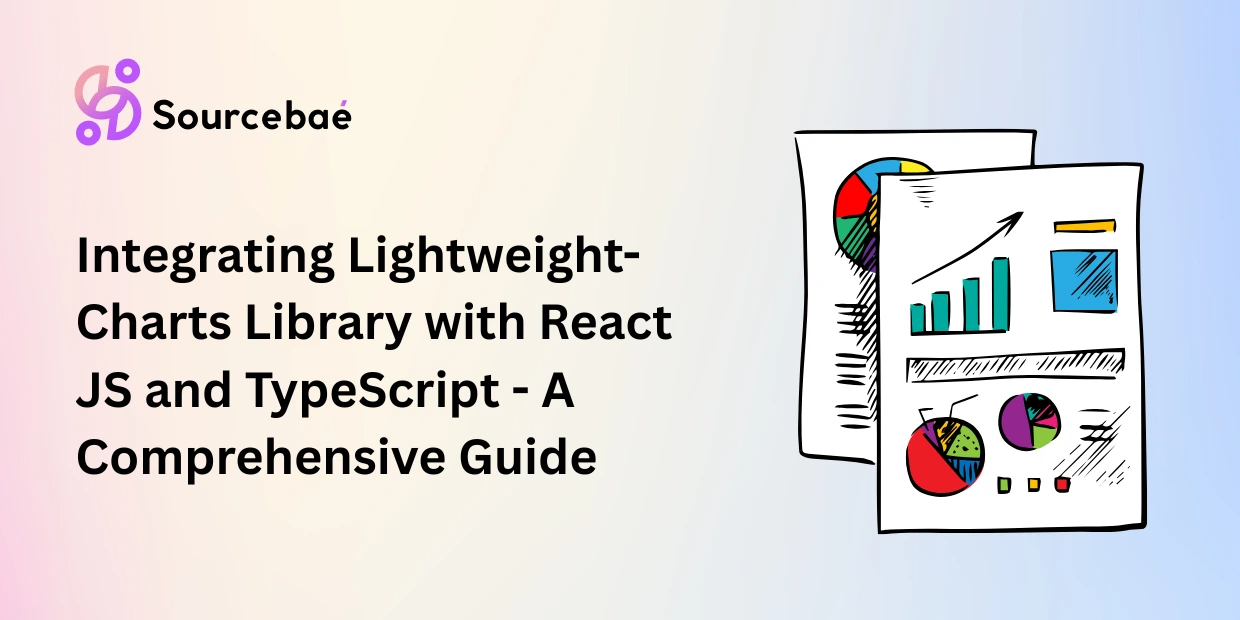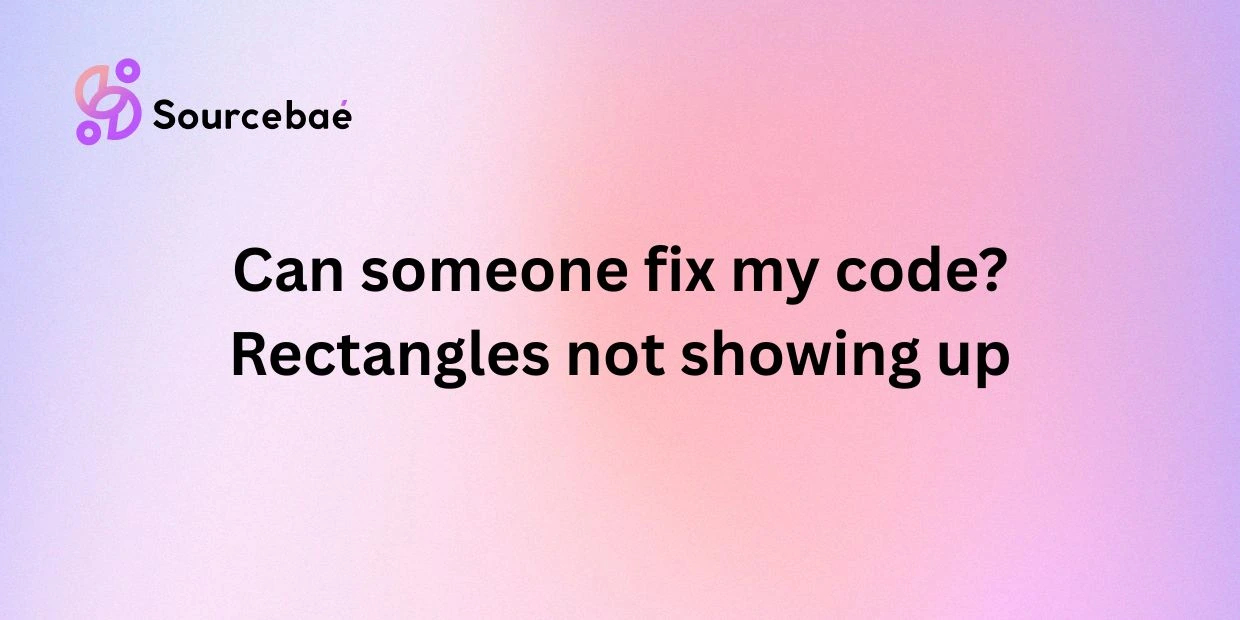In the dynamic world of web development, React JS has emerged as a powerful tool for creating interactive and user-friendly interfaces. Paired with the Model-View-Controller (MVC) architecture, React JS can work wonders in developing robust applications. In this article, we’ll unravel the concept of “What is a React JS in MVC,” exploring its components, advantages, and real-world implementations.
React JS, a JavaScript library developed by Facebook, has transformed the way web applications are built. It’s renowned for its component-based architecture, enabling developers to create reusable UI elements. When combined with the MVC design pattern, React JS takes on new dimensions, enhancing code organization and promoting scalability. Let’s delve into the core components and characteristics that make up React JS in MVC.
What is a React JS in MVC?
In the context of MVC architecture, React JS serves as the “View” component. MVC stands for Model-View-Controller, a software design pattern that divides an application into three interconnected components. The “Model” manages the data and business logic, the “View” handles the presentation and user interface, and the “Controller” manages the communication between the Model and the View.
React JS, acting as the “View,” takes charge of rendering user interfaces and responding to user interactions. It encapsulates UI components that correspond to different states of an application, ensuring seamless updates and re-renders. The MVC architecture, when paired with React JS, promotes code reusability, maintainability, and efficient management of user interfaces.
The Components of React JS in MVC
1. Model: Managing Data and Logic
In the React JS MVC context, the “Model” encompasses the data and business logic of an application. It includes data structures, databases, and functions that handle data manipulation. For instance, when building a social media platform, the Model would manage user profiles, posts, and interactions.
2. View: User Interface Presentation
As mentioned earlier, React JS plays the role of the “View” in the MVC trio. It takes care of rendering the user interface components that users interact with. Through its component-based architecture, React JS enables developers to create modular UI elements such as buttons, forms, and cards.
3. Controller: Managing Communication
While React JS primarily handles the “View” aspect, the “Controller” manages the flow of data and interactions between the “Model” and the “View.” In the context of React JS in MVC, the Controller can be represented by the logic that controls the rendering of different React components based on user actions or changes in data.
Advantages of Using React JS in MVC
Enhanced Code Organization
With the MVC architecture, code is neatly organized into distinct components. React JS further enhances this organization by breaking down the user interface into reusable, self-contained modules. This promotes a more systematic and manageable codebase.
Improved Reusability
React JS’s component-based approach aligns perfectly with the MVC pattern. Developers can create UI components that are reusable across different parts of an application, reducing redundancy and saving development time.
Real-time Updates
React JS’s virtual DOM enables efficient updates to the UI. When combined with the MVC architecture, changes in data trigger automatic updates in the UI, ensuring a seamless and responsive user experience.
Scalability
MVC architecture promotes scalability by separating concerns and allowing different teams to work on different components simultaneously. React JS’s modular approach further supports scalability, making it easier to extend and enhance an application’s features.
Real-world Applications of React JS in MVC
E-commerce Platforms
E-commerce websites require dynamic and interactive user interfaces. React JS in MVC architecture enables developers to build intricate product displays, shopping carts, and user profiles while ensuring efficient data management.
Social Media Platforms
Social media platforms thrive on real-time updates and user interactions. React JS’s ability to render dynamic content aligns perfectly with the MVC architecture, making it an ideal choice for creating responsive and engaging social media interfaces.
Financial Applications
Financial applications demand data accuracy and real-time updates. React JS in MVC can be employed to build dashboards, transaction histories, and interactive charts, providing users with up-to-date and visually appealing financial insights.
FAQs
1. Is React JS a framework or a library?
React JS is a JavaScript library, not a framework. It focuses on building user interfaces and can be integrated into various frameworks or used independently.
2. Can React JS be used for mobile app development?
Yes, React Native, a framework based on React JS, is specifically designed for mobile app development, allowing developers to create native mobile applications using React’s principles.
3. What is the significance of the virtual DOM in React JS?
The virtual DOM is a lightweight representation of the actual DOM. React JS uses it to efficiently update and render UI components, reducing the need for direct manipulation of the actual DOM.
4. Does using React JS in MVC architecture require prior knowledge of MVC?
While prior knowledge of MVC can be beneficial, React JS’s component-based nature simplifies the transition. Developers familiar with React can gradually adapt to the MVC pattern.
5. Are there any alternatives to React JS for building UIs in MVC architecture?
Yes, other libraries like Vue.js and Angular can also be used to build UIs in MVC architecture. Each has its own set of features and strengths.
Can React JS only be used with the MVC architecture?
No, React JS is versatile and can be used in various architectural patterns, such as Flux or Redux. MVC is just one of the options.
Conclusion: Embracing the Power of React JS in MVC
In the ever-evolving landscape of web development, React JS in MVC architecture emerges as a winning combination. By leveraging React JS’s component-based approach within the MVC design pattern, developers can create applications that are not only visually appealing but also highly functional and scalable. Whether it’s e-commerce, social media, or financial applications, React JS in MVC continues to shape the future of web development.
READ MORE | HIRE REACT DEVELOPER






